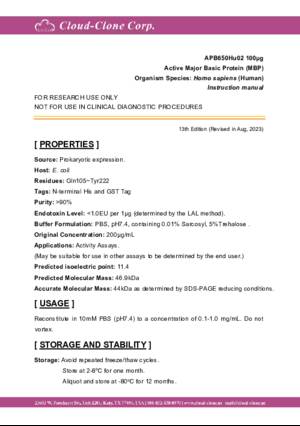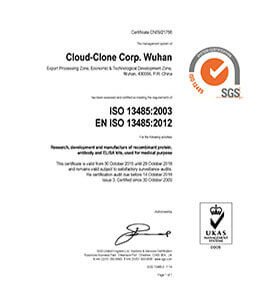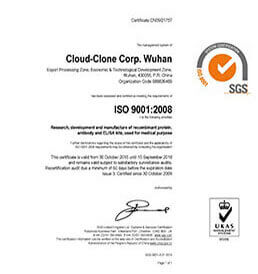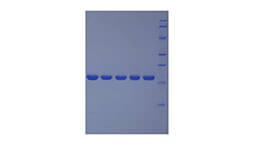Active Major Basic Protein (MBP)
PRG2; BMPG; Proteoglycan 2; Bone Marrow,Natural Killer Cell Activator; Eosinophil Granule Major Basic Protein; Proteoglycan 2,Bone Marrow; Pregnancy-associated major basic
- Product No.APB650Hu02
- Organism SpeciesHomo sapiens (Human) Same name, Different species.
- Buffer FormulationPBS, pH7.4, containing 0.01% SKL, 5% Trehalose.
- Traits Freeze-dried powder
- Purity> 90%
- Isoelectric Point11.4
- ApplicationsCell culture; Activity Assays.
- DownloadInstruction Manual
- UOM 10µg50µg 200µg 1mg 5mg
- FOB
US$
US$
US$
US$
US$
For more details, please contact local distributors!
ACTIVITY TEST
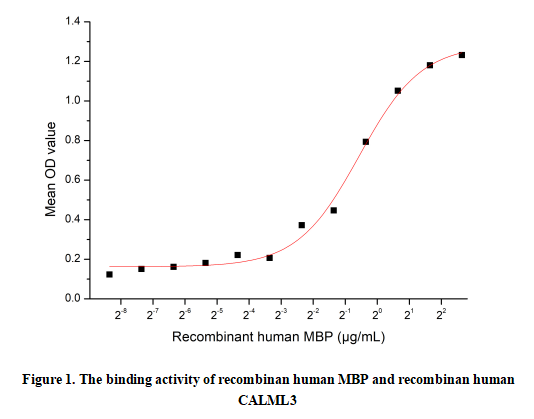
Myelin basic protein (MBP), a 18.5-kDa encephalitogenic peptide, is the second most abundant in central nervous system and responsible for adhesion of the cytosolic surfaces of multilayered compact myelin, MBP is biased expressed in cerebellum adult and cortex adult. It can interact with a number of polyanionic proteins including actin, tubulin, Ca(2 )-calmodulin, and clathrin, and negatively charged lipids, and acquires structure on binding to them. Calmodulin Like Protein 3 (CALML3) is a kind of Ca(2 )-calmodulin, thus a functional binding ELISA assay was conducted to detect the interaction of recombinant human MBP and recombinant human CALML3.Briefly, MBP was diluted serially in PBS with 0.01% BSA (pH 7.4). Duplicate samples of 100 μl were then transferred to CALML3-coated microtiter wells and incubated for 1h at 37℃. Wells were washed with PBST and incubated for 1h with anti-MBP pAb, then aspirated and washed 3 times. After incubation with HRP labelled secondary antibody for 1h at 37℃, wells were aspirated and washed 5 times. With the addition of substrate solution, wells were incubated 15-25 minutes at 37℃. Finally, add 50 µL stop solution to the wells and read at 450/630nm immediately. The binding activity of ecombinant human MBP and recombinant human CALML3 was shown in Figure 1, the EC50 for this effect is 0.081µg/mL..
USAGE
Reconstitute in 10mM PBS (pH7.4) to a concentration of 0.1-1.0 mg/mL. Do not vortex.
STORAGE
Avoid repeated freeze/thaw cycles. Store at 2-8°C for one month. Aliquot and store at -80°C for 12 months.
STABILITY
The thermal stability is described by the loss rate. The loss rate was determined by accelerated thermal degradation test, that is, incubate the protein at 37°C for 48h, and no obvious degradation and precipitation were observed. The loss rate is less than 5% within the expiration date under appropriate storage condition.
GIVEAWAYS
INCREMENT SERVICES
-
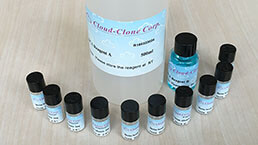 BCA Protein Quantification Kit
BCA Protein Quantification Kit
-
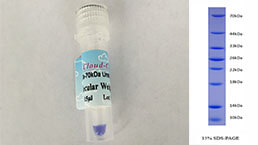 Molecular Mass Marker for Protein
Molecular Mass Marker for Protein
-
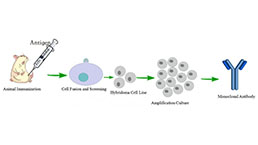 Monoclonal Antibody Customized Service
Monoclonal Antibody Customized Service
-
 Polyclonal Antibody Customized Service
Polyclonal Antibody Customized Service
-
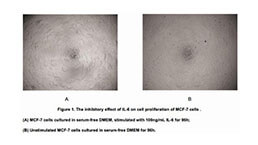 Protein Activity Test Experiment Service
Protein Activity Test Experiment Service
-
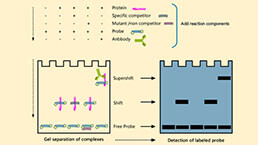 Electrophoretic Mobility Shift Assay (EMSA) Experiment Service
Electrophoretic Mobility Shift Assay (EMSA) Experiment Service
-
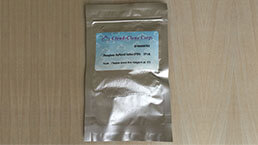 Buffer
Buffer
-
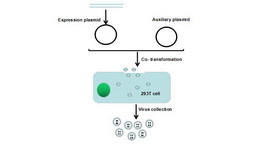 Lentivirus Packaging Experiment Service
Lentivirus Packaging Experiment Service
-
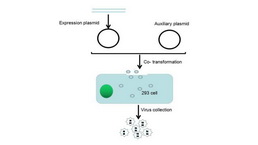 Adenovirus Packaging Experiment Service
Adenovirus Packaging Experiment Service
-
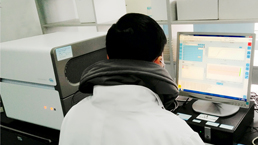 Real Time PCR Experimental Service
Real Time PCR Experimental Service
-
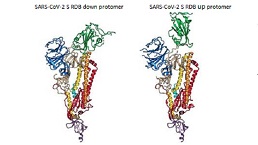 Spike RBD Protein (S-RBD)
Spike RBD Protein (S-RBD)
-
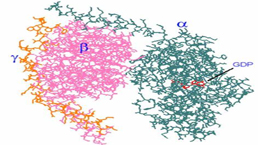 Protein G
Protein G
-
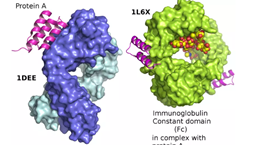 Protein A
Protein A
| Magazine | Citations |
| Evid Based Complement Alternat Med | Inhibitory Action of Quercetin on Eosinophil Activation In Vitro PubMed: PMC3690238 |
| Clinical and Molecular Allergy | Markers of atopic dermatitis, allergic rhinitis and bronchial asthma in pediatric patients: correlation with filaggrin, eosinophil major basic protein and … |




